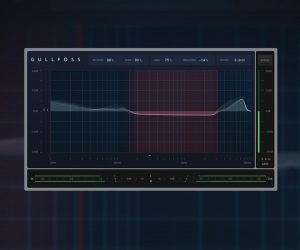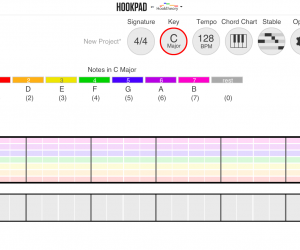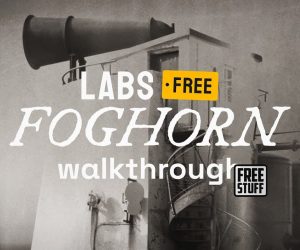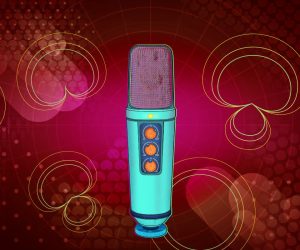
Six Tone Theory
Jim Moginie gives the key to unlocking colourful guitar sounds.
Column: Jim Moginie
“I try to apply colours like words that shape poems, like notes that shape music.”
— Joan Miro
I’ve always thought of getting guitar sounds in the same way that painters think of painting. I find this approach really refreshing and ‘non-rock’ when it comes to sonics.
I see it as six tones. I hope this isn’t too Steiner School for you readers. An artist friend works in this way and it’s as good a way to grasp the idea.
You have your high key colours — which have a lot of white in them — mid colours, and low key colours, which have a lot of black. Each of these can be cool or warm — meaning low or high colour saturation. And any of the three colour keys can be dulled or brightened. A simple guitar tone control can be a good tool here.
In ‘rock’ terms it could be a Telecaster or Stratocaster for high key, a Gretsch or an SG for mid key, and a mahogany Les Paul or 335 for low key.
THE KEY IS THE AMP
The amp plays a huge role, even more than the guitar. In a way the guitar is just personal preference because the amp colours the sound hugely. I’ve used bizarre combinations of amps to get a sound, from Mini Marshalls to Indian PA systems. A normal Marshall can be bright, or dull and thick, depending on which model and how you use it. Fenders tend to be bright and clangy and clear, Magnatones dull and thunky, AC30s warm or crystalline or creamy, depending on the channel you use. Volume plays only a small part in the tone — it’s what the mic hears that counts.
Different key sounds compliment each other. In colour theory, complementary colours are any two colours which are directly opposite each other on the wheel, such as red and green or purple and yellow or blue and orange. These opposing colours create maximum contrast and maximum stability. In a picture, purple will bring out the yellows for example.
There’s a natural balance if there are two guitars playing, I suppose in Midnight Oil’s world Martin Rotsey had a sharper crystalline bell-like Stratocaster sound — more high key. Whereas I favoured a Les Paul which was duller and more of a roar — or low key. Sometimes I used a Gretsch, which was more low to middle-y. Put them together and you could always hear each guitar distinctly without any EQ shenanigans. They don’t cross swords much and dovetail well. And each of us was happy in that role, so it was a natural fit.
WHICH COLOUR MICROPHONE?
Microphones in the studio can be anything as long as the source sound is good. A good player with the right guitar, amp, headphone mix (preferably avoiding headphones altogether) and attitude is the best thing. I remember Glyn Johns saying, ‘why would I want to sit here in the control room with some f**king guitar player for hours overdubbing, when he could have blazed through it in five minutes when the band put down the track?’ If you can get the performance when the player is riding the wave of the take, or immediately afterwards when he’s still covered in the song, in the music, so much the better. Self-consciousness kills. People procrastinate too much now with all the technology, putting off overdubbing for weeks, and the music can suffer.
The shortest way from the guitar to the amp is good, avoiding pedals that suck out your tone (try the pedal in the chain in bypass, and then without it in the chain). Some add a nice juicy quality, like Echoplexes or those old Korg rack-mounted delays. When I’m recording I’m forever un-plugging pedals.
Microphone-wise, I’ve had some luck with an old Sennheiser 409 recently. I like a Coles 4038 too if the amp isn’t too loud, they have a smooth top end and sound nuggety and dark. Neumann U47 FETs have good low end and if you have to brighten the EQ later it stays solid and not scratchy sounding. And an extra room mic can always place the guitar well in the mix with natural room reverb.
With our instrumental surf band The Break, we use Fender Jazzmasters because the tremolo arm is so good, and usually plug them into blackface Fender amps with inbuilt reverb and tremolo, with hardly any pedals. When we play live, condenser mics like AKG C414s and Sennheiser 441s seem to catch the reverb tails of the notes better than the humble Shure SM57. There seems to be more space around the sound.
The funny thing is even with the same pedals, amps and guitars, Martin and I still sound completely different.
There goes the six tone theory.
















RESPONSES